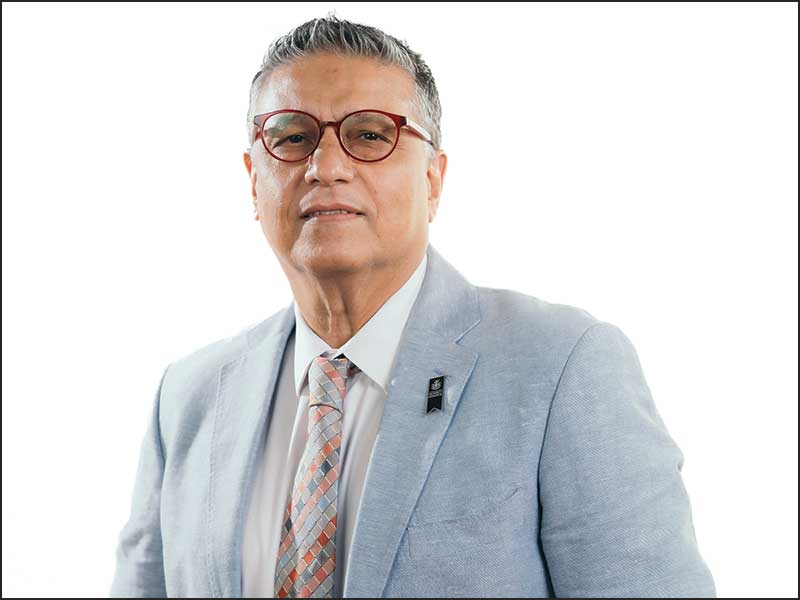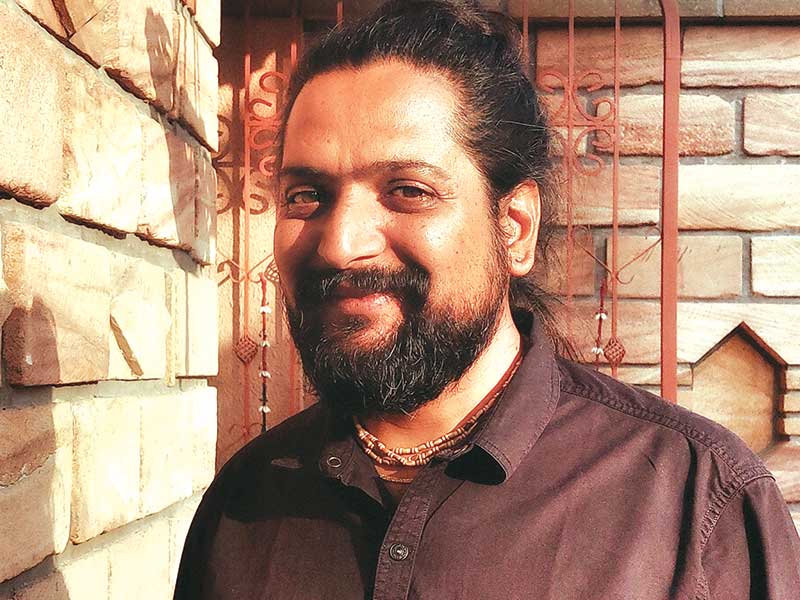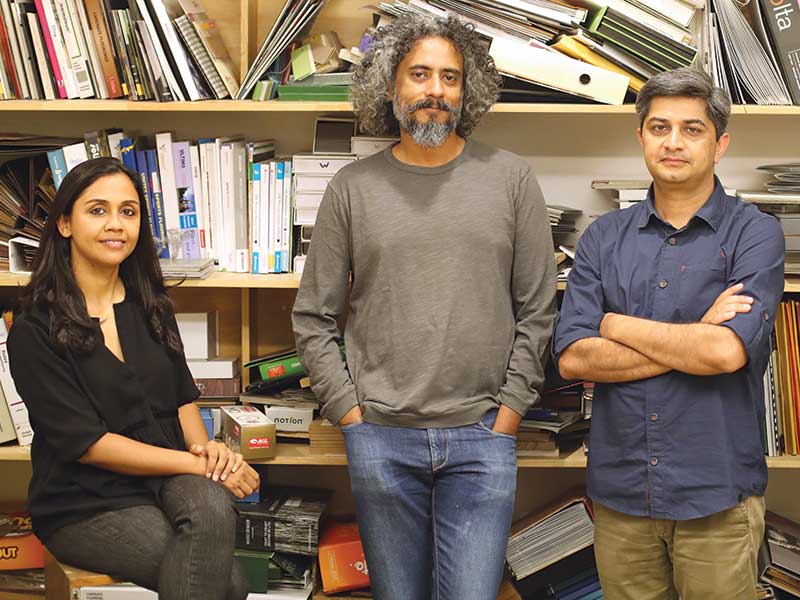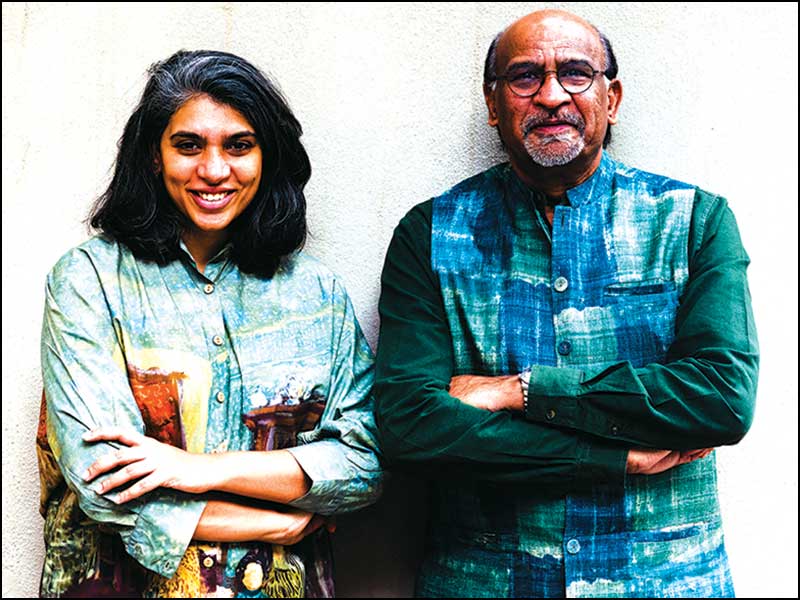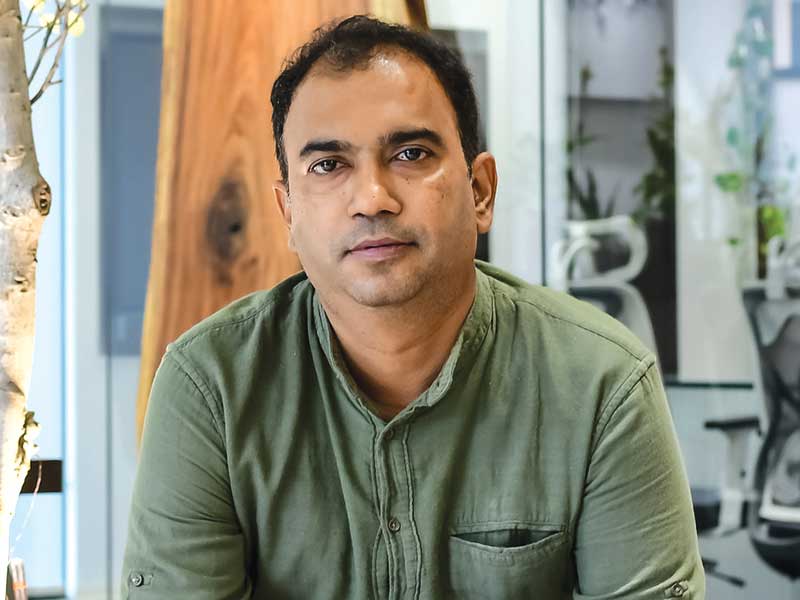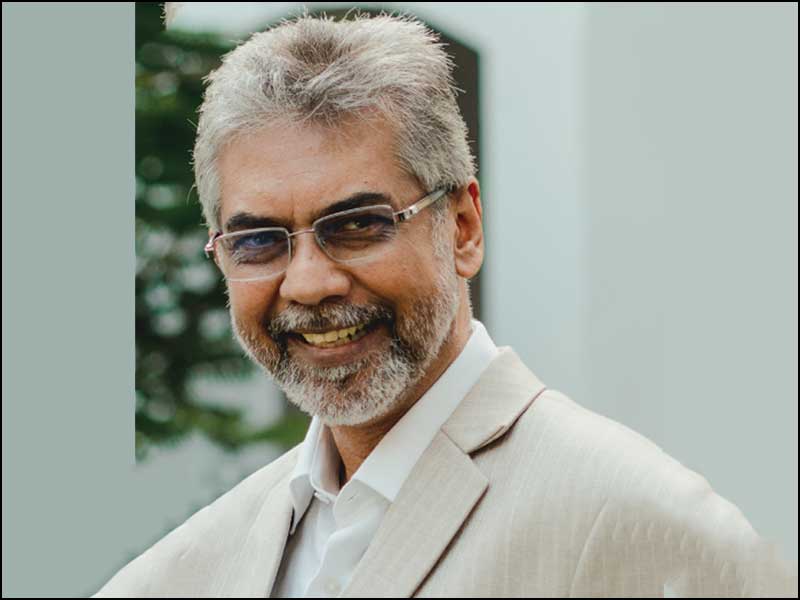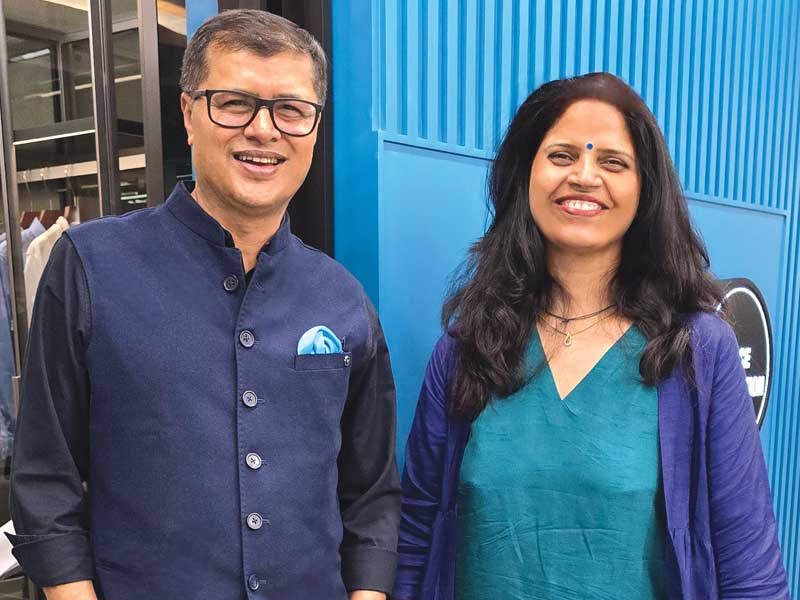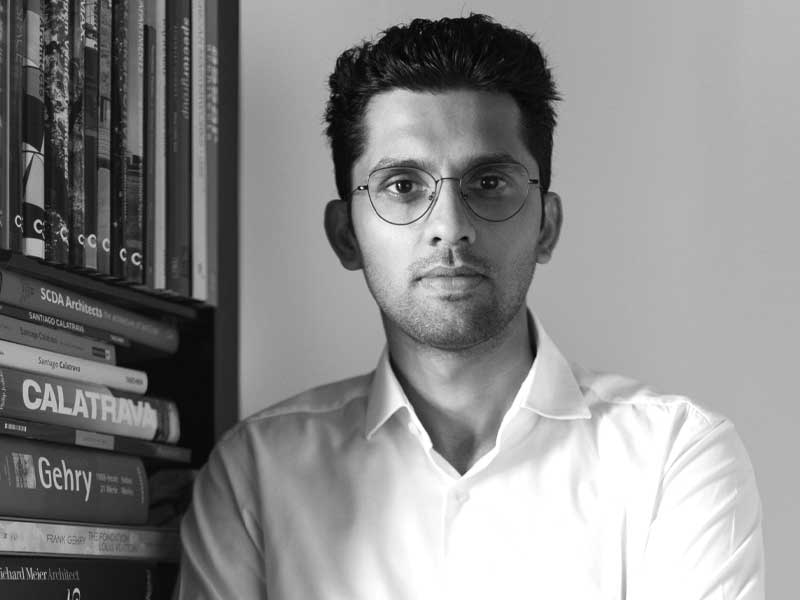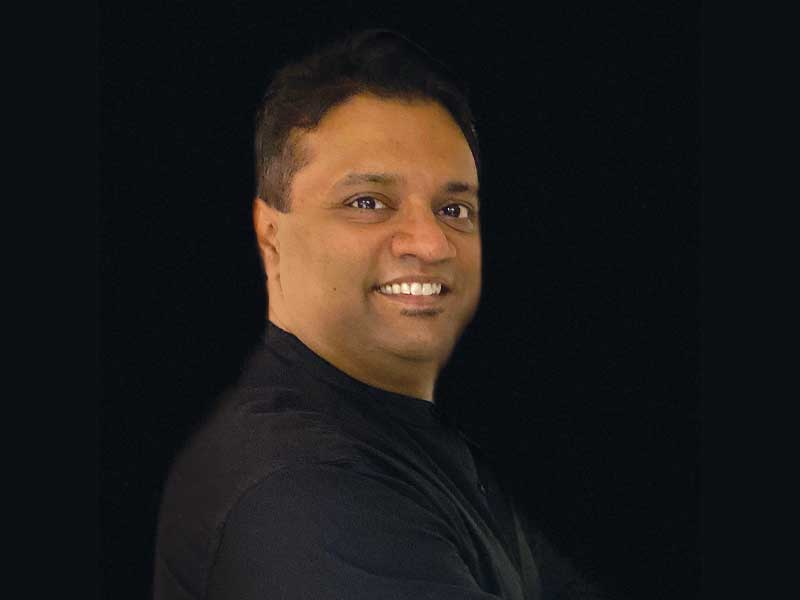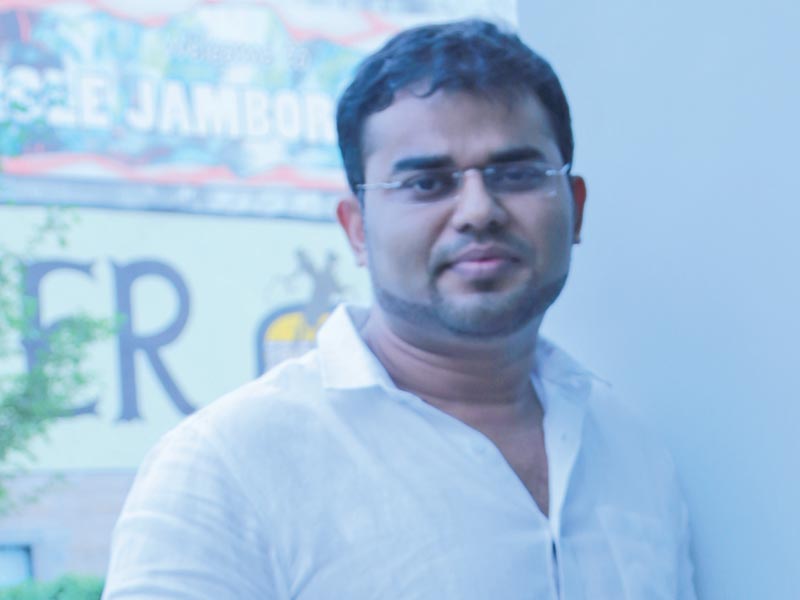
The architecture of any country is a mirror of the phase of development that it is going through. India has also come a long way with its development which is evident in the steel and glass structures dominating the skyline in major cities. With the growing interest towards being eco-friendly across the world, environmental concerns are being taken into account in building designs, which are now more inclined towards nature or the urban landscapes.
Green roofs and terraces have gained considerable popularity and it won’t be long before the micro-climate also becomes mainstream in buildings. The modern scenario uses a mix of traditional and modern materials to strike the right balance between natural and man-made. With the growing inclination towards bringing in the outdoors, materials like bamboo and timber are finding a sweet spot in buildings, while materials like glass and steel have always enjoyed a favourable position.
Software has not only made the job easier but also more diversified.
The conventional architectural software applications have certain limitations to them with which only very specific forms, shapes and designs can be created. New software programs like Rhino provide more flexibility in design and conceptualization stages to create more innovative and dynamic forms. Software programs like BIM are proving highly beneficial in large and complex projects where specialists like architects, structural and MEP consultants have to coordinate together.
 Aerial view of Anichi Resort & Spa, Dominica
Aerial view of Anichi Resort & Spa, DominicaSooner or later, construction techniques like Precast, PEB, Drywall etc will become the norm.
Currently, there are certain pros and cons to them which might be eliminated in the near future. These construction techniques offer a fast turnaround of projects and require less labour. Moreover, these techniques also enable more cantilevered forms providing more flexibility in design.
Integration of smart technology is the big leap facing us today.
IoT is being referred to as the fourth wave of industrialization and it won’t be long before almost every building will start featuring some of the ‘smart’ gadgets not just in its built environment but also in its construction phases. With the fast-paced developments in technology, there is an invisible presence of technology as it is being embedded into the designs. In fact, India is being hailed as one of the fastest developing nations in the world and architects haven’t shied away from starchitecture, where they are creating some marvelous eye-catching forms and facades.

